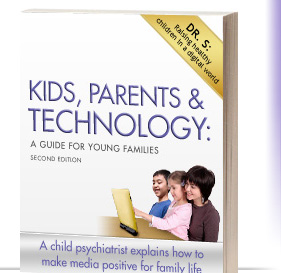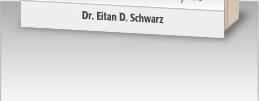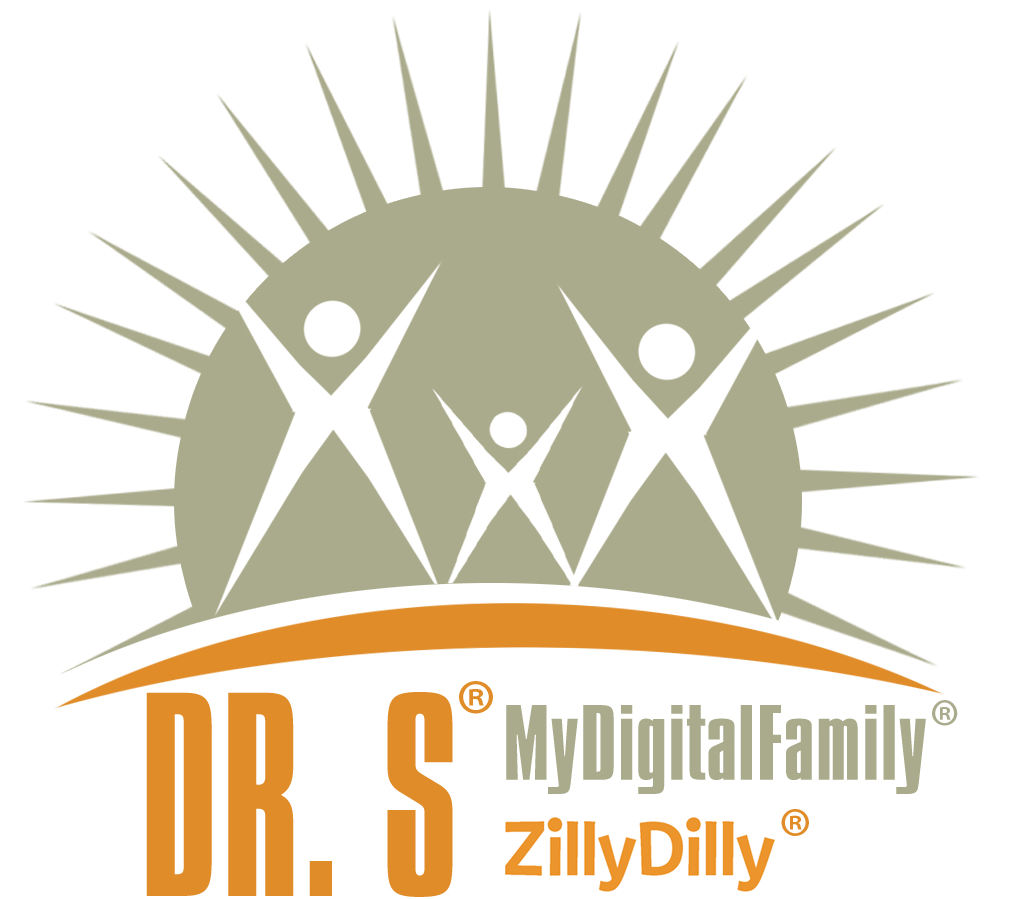SCHOOL SHOOTINGS
Eitan D. Schwarz, M.D., D.L.F.A.P.A., F.A.A.C.A.P.
CLINICAL ASSISTANT PROFESSOR, FEINBERG SCHOOL OF MEDICINE
NORTHWESTERN UNIVERSITY
CHICAGO, IL
Copyright © 2008 Eitan D Schwarz. All rights reserved. This handout may be copied and distributed only for non-profit educational use.
Q: RED LAKE SENIOR HIGH SCHOOL, Red Lake, Minnesota–We are so upset–What can we do???
A: Our prayers and good wishes are with you. Please have your medical and psychological helpers, as well as school personnel, spiritual leaders, and tribal officials, review and discuss the articles and answers on this site and then set up goals and then plans on a community level, school level, and family level to undertake healing. It is also important that you identify the 20-25% of individuals who are more affected than the others and need special help–and give it to them!
4/21/05 © 2005 Eitan Schwarz. All rights reserved.
Q: BESLAN, FSU: Is there any special information you can give us?
A: We hope that this information helps. By nature, we must all live our daily lives in an illusory ‘bubble of invincibility’ which enables us to carry on normal moment to moment activities by focusing our direct awareness away from each of the myriad improbable threats that can befall us. Terror shatters our ‘bubble,’ and psychologically injures us when we live through or witness intense fear and helplessness.
Depending on its intensity and our physical and emotional nearness to the violence, each of us tries to ‘decide’ somewhere in his mind to what extent terror would damage or shatter his ‘bubble.’ But actually, crucial brain circuits that maintain this ‘bubble’ and monitor and react to danger are activated by such an experience, so this ‘decision’ is not mainly conscious or volitional. Some people cannot restore their ‘bubble’ within a few weeks after the event because their brains have been permanently reset in an activated state. They are haunted for a life time by ‘malignant memories’ from the violence.
The rise of terrorism as a political tool in our current historical time makes it harder for us all to maintain this ‘bubble.’ Beginning with attacks long ago in northern Israel, such brutalities directed at school children speak to the barbarism of these terrorists and inhumanity of their ideologies.
Children especially need families to help maintain and restore their ‘bubble.’ Civilized humane societies, governments, communities, schools, and families must do whatever it takes to protect their defenseless children and identify and treat those unfortunates who carry ‘malignant memories’ and can remain tragically injured by such attacks.
The children and families of Beslan are in our hearts and prayers, as are those of Darfur, Sudan, and all peoples who suffer brutal violence. Please see our other articles in these pages for further details.
9/20/04 © 2004 Eitan Schwarz. All rights reserved.
Q: ERFURT, GERMANY: …This is an elementary school in Erfurt. I am not an English teacher as you will notice. Thanks for your help …
A: The information here can help survivors of violence like the recent school shooting in your town, Erfurt, Germany. Please feel free to translate and distribute the articles to benefit as many adults and children as possible.
5/4/02 © 2002 Eitan Schwarz. All rights reserved.
SEE ALSO
NATIONAL CENTER FOR PTSD
http://www.ptsd.va.gov — search PILOTS database
Videos for parents and school staffs http://www.mcps.k12.md.us/info/emergency/videos2002.html
Post-traumatic stress disorder (PTSD) Questionnaire
PTSD, like all mental health problems, may have serious consequences if left untreated. This questionnaire will help you determine whether your child has any troubling symptoms.
https://www.ptsd.va.gov/professional/assessment/screens/index.asp
Writings on Childhood Trauma by Dr. Schwarz
Schwarz ED, McNally RJ, Yeh LC (1999) Case Report: The trauma response of children and adolescents: Future directions in research, Review Series Psychiatry, 1999. 4:18-19.
Schwarz ED, McNally RJ, Yeh LC (1997) The trauma response of children and adolescents: Future directions in research, in Betty Pfefferbaum, (ed) Stress In Children. Child and Adolescent Psychiat Clin North America, 7:229-239.
Schwarz ED (1994) The Trauma Response. Book Review. J Amer Acad Child Adolesc Psychiatry, 33:286
Schwarz ED, Perry B (1994) The Posttraumatic stress response in children and adolescents, in D Tomb, (ed) Post Traumatic Stress Disorder. Psychiat Clin North America, 17:311-326.
Schwarz ED, Kowlaski JM. (1993) Malignant Memories: Posttraumatic Changes in Memory in Adults after a School Shooting. J Traumatic Stress. 6 (4):545-553.
Schwarz ED, Kowlaski JM. (1993) Malignant Memories: Effect of a Shooting in the Workplace on School Personnel Attitudes, J Interpersonal Violence. 8 (4) 468-485.
Schwarz ED, Kowalski JM, Hanus S. (1993) Malignant Memories: Signatures of Violence. in Feinstein S (eds) Adolescent Psychiatry. Chicago: University of Chicago Press.19: 280-300.
Schwarz, ED, Kowalski JM. (1992) Personality Characteristics and Posttraumatic Stress Symptoms Following a School Shooting. J Nerv Ment Dis, 180: 735-737.
Schwarz ED and Kowalski J (1992) Malignant memories: Reluctance to utilize mental health services after a disaster.
J Nerv Ment Dis, 180:767-772.
Schwarz ED and Kowalski J (1991) Malignant memories: Posttraumatic stress disorder in adults and children. J Amer Acad Child Adolesc Psychiatry, 30(6):936-944.
Schwarz ED and Kowalski J (1991) Post-traumatic stress disorder: effects of DSM-III, DSM-III-R, proposed DSM-IV criteria, and symptom thresholds. Am J Psychiatry, 148:592-597.
Rozensky R, Sloan I, Schwarz ED, Kowalski J (1993) Psychological reactions of children to shootings and hostage situations. In Saylor C (ed), Children and Disasters. New York: Plenum Press. pp 123-126.



